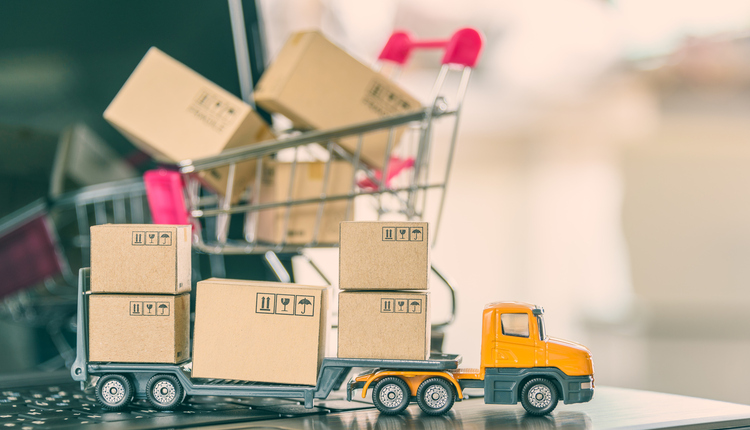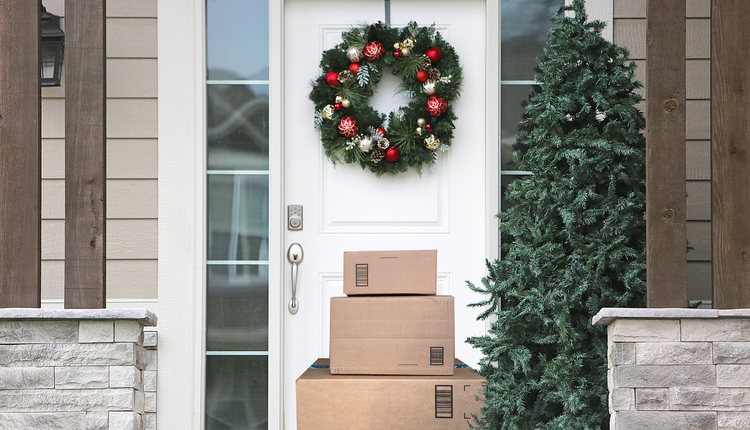There is zero doubt that the e-commerce market will continue to grow for the foreseeable future. According to Mastercard’s SpendingPulse report, retail sales grew 5.1% year-over-year to $850 billion during the 2018 holiday season alone. Overall, the e-commerce market grew 15.9% from 2017, representing 15% of all retail sales in 2018. While this growth is undeniably exciting for shippers, the indisputable truth is that with this growth comes increasing competition — and shippers must implement innovative strategies to meet evolving customer expectations.
Thanks to visionary companies like Amazon and Walmart, and subscription services like Stitch Fix’s personal styling service and Blue Apron, shoppers expect to receive and return their items fast and for free. However, despite the growth we are seeing in the online space, a survey commissioned by LaserShip and conducted by Hanover Research found that there is still a gap between the caliber of shipping customers have come to expect and what many shippers are offering.
The customer experience ranges far beyond just clicking on the purchase button; therefore, retailers cannot ignore what customers are telling them about the last-mile experience. Based on the survey results from over 1,000 online shoppers in the US, there are three strategies shippers need to focus their parcel operations on to ensure they are providing the best customer experience from the moment customers click ‘add to cart’ to the final mile of delivery.
Expedited Options
The advent of Uber and Lyft initiated a behavioral shift among consumers that increased the value of experience and convenience, and people — increasingly younger generations — are willing to pay for it. This is further substantiated thanks to companies like Grubhub and UberEats, who have enabled us to get our favorite restaurant foods delivered with the click of a button.
This evolving macro shift has conditioned consumers to expect fast and innovative shipping options. According to LaserShip’s survey, nearly two-thirds of consumers expect items to be delivered within three days, and half of online shoppers go out of their way to pick up their items in-store just to avoid waiting for long direct-to-home delivery time frames. Furthermore, slow delivery times and lack of expedited shipping options are the third-largest cause of dissatisfaction with the shipping experience. In fact, the speed with which deliveries of online orders are made are twice as important to consumers than whether or not the product arrives damaged.
While the desire for speed is a generational trend, a third of those surveyed rank fast delivery as the most important consideration when shopping online, and younger shoppers have a proclivity for purchasing from retailers with fast delivery options. Millennials and Gen Z, in particular, are up to three times more likely to pay for expedited options.
By 2020, these younger shoppers will comprise 70% of the workforce, increasing their wallet share of online shopping. As these demographics change and the younger, more tech-savvy consumers grow in buying power, the desire for fast shipping will continue to put pressure on shippers to offer expedited delivery options.
Free Standard Shipping
Online shoppers take various factors into consideration when choosing where to spend their money, and delivery costs play a significant role in that decision-making process. Half of shoppers have abandoned a shopping cart due to high shipping costs, 43% completely stopped shopping at an online retailer due to high shipping costs, and 80% find free or discounted shipping to be at least very important.
With retailers like The Gap and Chewy, consumers are getting their desire for quality products delivered to their door for free. They’re also taking the expectations built from those experiences with them as they decide where to shop. In 2019, free shipping is table stakes, and it is imperative for shippers to offer free standard shipping or minimum thresholds.
Free Returns
There is a significant disparity between retailers’ return policies and what consumers expect. Three-quarters of survey respondents stated that the ability to return items for free factors into their decision on where to spend their money, and a third cited a poor return policy as a reason for disliking the online shopping experience.
Despite the importance consumers place on free returns, nearly half of all retailers charge for returns today. While the financial impact of accepting and processing returned products can be significant, retailers must look at the light at the end of the tunnel and reimagine free returns as a strategy for building brand loyalty.
As the volume of younger generations in the market increases, their shopping behavior will continue to drive the e-commerce and shipping experience. To position themselves for the future, shippers must continue to innovate their parcel operations and focus on meeting the increasing demand for expedited delivery, free shipping, and free returns. Those who do will undoubtedly reap the rewards.
Josh Dinneen is Senior Vice President of Commercial Development at LaserShip, an e-commerce delivery provider with more than 60 locations throughout the Eastern and Midwest US, where he oversees revenue strategies, sales, marketing and call center operations. Prior to his current role, Josh was Vice President of Supply Chain at LaserShip, where he was responsible for the creation of LaserShip’s e-commerce hub and spoke delivery network.






![GettyImages-911045162-[Converted]](https://cms-static.wehaacdn.com/parcelindustry-com/images/GettyImages-911045162--Converted-.2298.widea.0.jpg)











